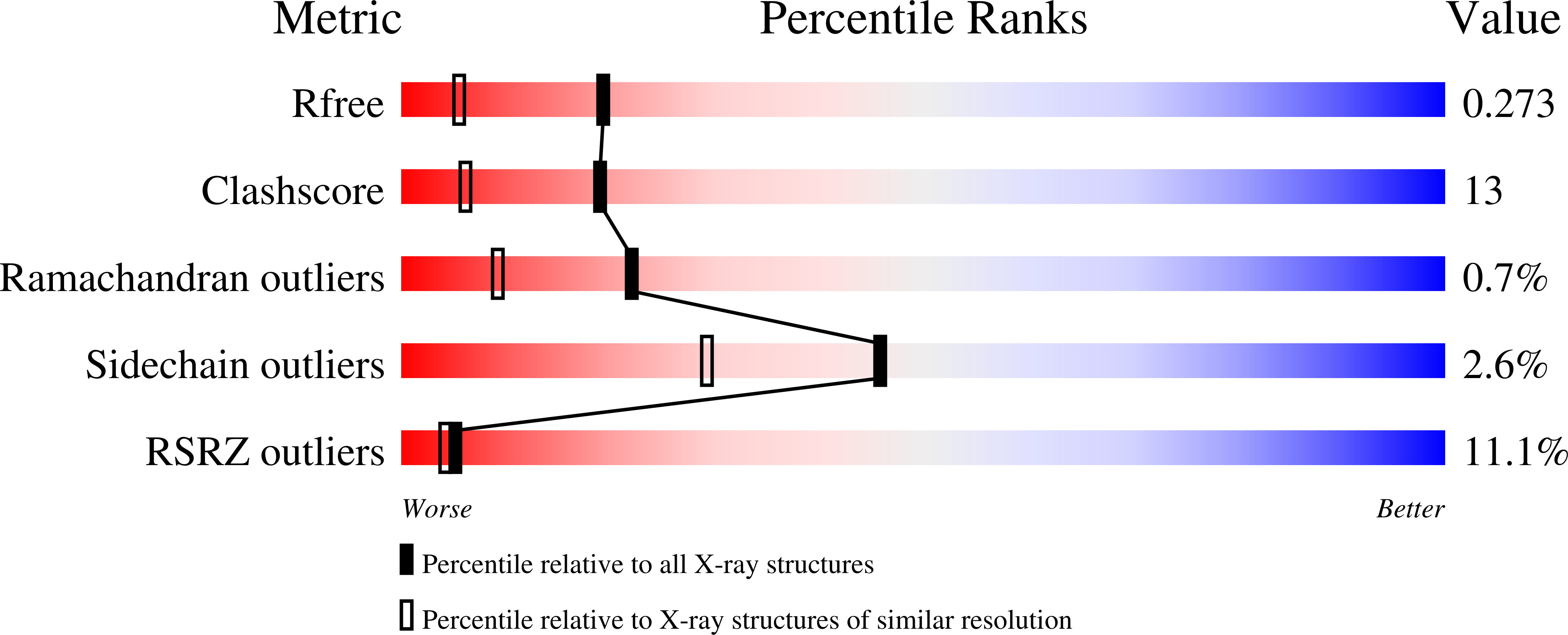
Deposition Date
2008-09-29
Release Date
2008-12-23
Last Version Date
2023-11-15
Method Details:
Experimental Method:
Resolution:
1.84 Å
R-Value Free:
0.28
R-Value Work:
0.24
R-Value Observed:
0.24
Space Group:
C 1 2 1


